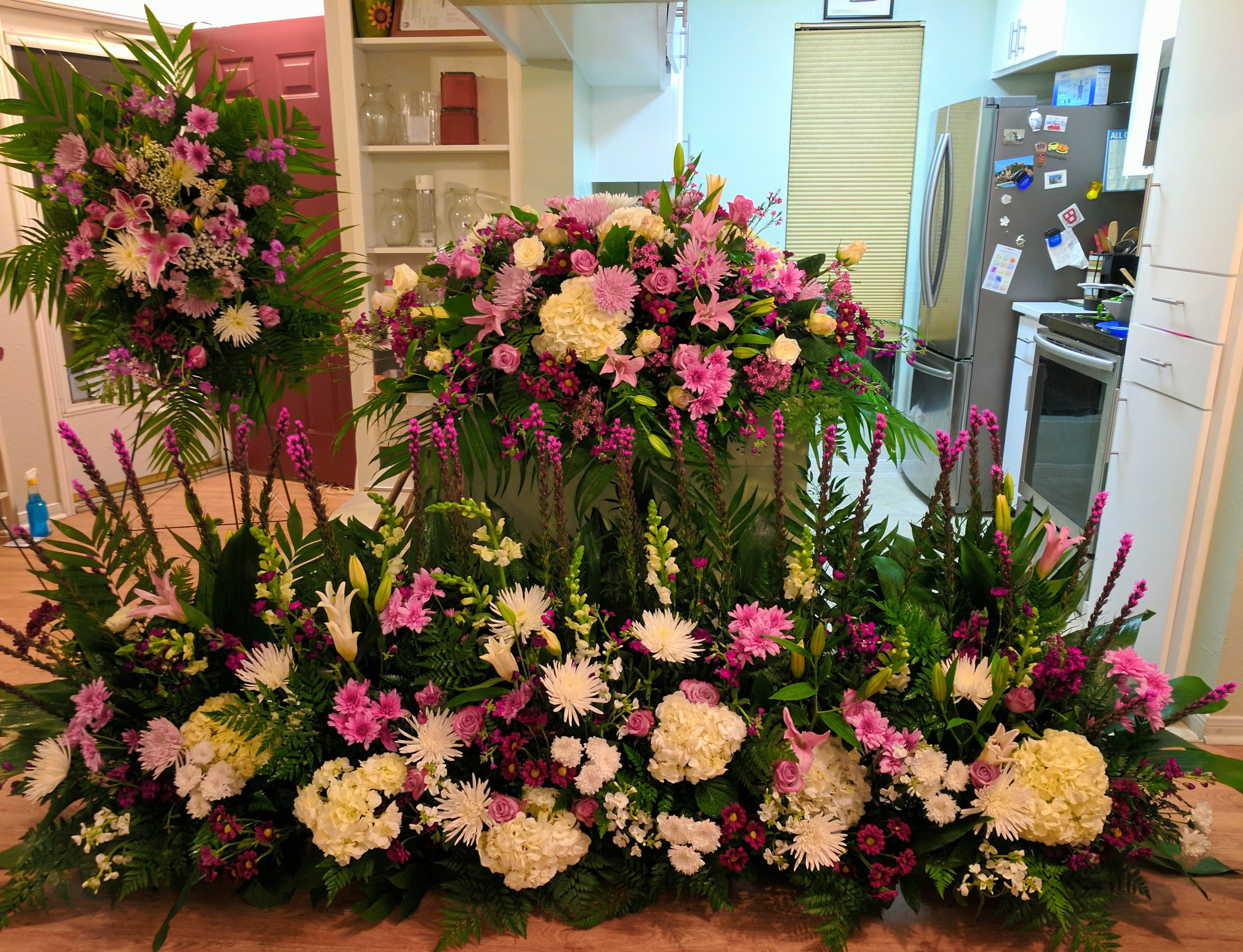A garden of Remembrance: Exploring Funeral flowers and Their Meaning
Funeral flowers play a significant role in many cultures, serving as a poignant expression of sympathy, love, and remembrance. They adorn funeral services, graveyards, and memorial sites, offering a visual testament to the life and legacy of the deceased. While the tradition of using flowers to honor the departed spans centuries, the connection between funeral flowers and gardening offers a unique and deeply personal layer of meaning.
This article delves into the profound connection between funeral flowers and gardening, exploring the symbolism, emotional impact, and practical considerations involved. We will examine how the choice of flowers, their arrangement, and the act of gardening itself can provide solace and healing during times of grief.
The Symbolism of Funeral Flowers

Flowers have long been imbued with symbolic meanings, representing various emotions and concepts. In the context of funerals, these symbols take on added significance, offering a way to communicate condolences and celebrate the life of the deceased.
White: Often associated with purity, innocence, and peace, white flowers are commonly used at funerals to symbolize the soul’s journey to a higher realm.
Beyond color, the specific type of flower chosen can also carry symbolic weight. For example:
Roses: Symbolizing love, beauty, and respect, roses are a classic choice for funeral arrangements.

The Garden as a Place of Remembrance
For many, the garden serves as a sacred space, a place of tranquility and reflection. It is here that we connect with nature, cultivate life, and find solace in the beauty of the natural world. This connection makes the garden a particularly poignant place to honor the memory of loved ones.
A memorial garden can be a beautiful and enduring tribute to the life of the deceased. It can be as simple as planting a single tree or as elaborate as a dedicated space filled with flowers, shrubs, and other plants.
Personalization: Involve family and friends in the design process to ensure the garden reflects the interests and personality of the deceased.
Flower beds: Plant flowers with symbolic meanings or those that were favored by the deceased.
The Healing Power of Gardening
The act of gardening itself can be a profoundly therapeutic experience, offering a sense of purpose, accomplishment, and connection to nature. For those grieving the loss of a loved one, gardening can provide a valuable outlet for their emotions.
Stress reduction: The repetitive motions of gardening can be calming and meditative.
For some, gardening can become a powerful tool for coping with grief. The process of nurturing plants can mirror the process of healing and growth, offering a tangible representation of hope and renewal.
Planting seeds of remembrance: Each seed planted can symbolize a new beginning, a fresh start on the journey of healing.
Funeral Flowers and the Environment
In recent years, there has been a growing awareness of the environmental impact of traditional funeral practices. While funeral flowers offer a beautiful and meaningful way to express condolences, it is important to consider sustainable options.
Locally sourced flowers: Choose flowers that are grown locally to reduce transportation emissions.
Funeral flowers serve as a powerful symbol of love, remembrance, and hope. By understanding the symbolism of different flowers and incorporating gardening practices into the mourning process, we can create meaningful tributes that honor the life and legacy of the deceased while providing solace and healing for those left behind.
Whether it is through the selection of specific flowers, the creation of a memorial garden, or the therapeutic act of gardening itself, the connection between funeral flowers and gardening offers a unique and deeply personal way to express grief, celebrate life, and find peace in the midst of loss.



